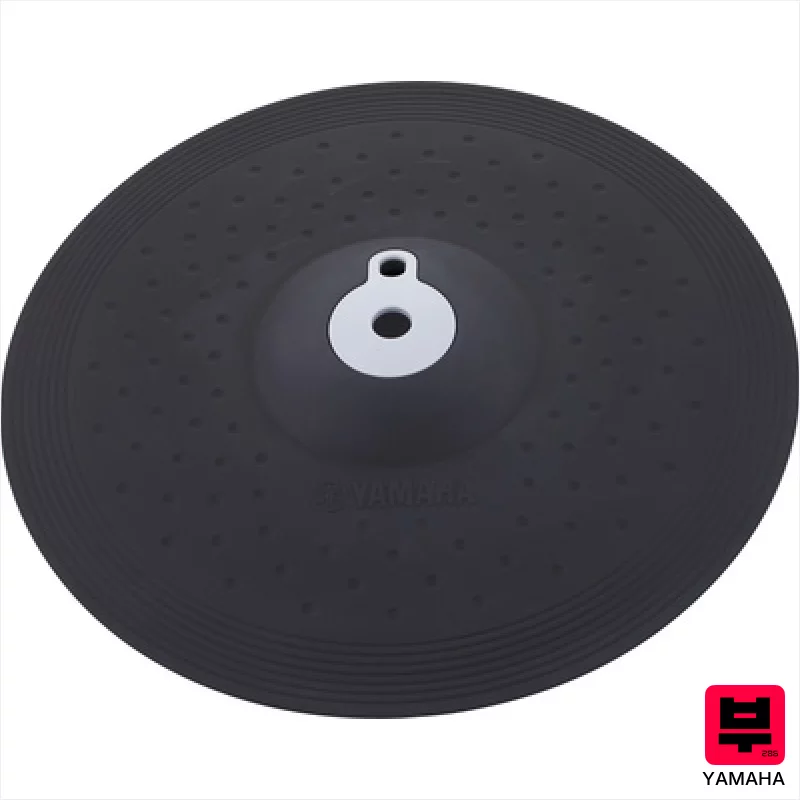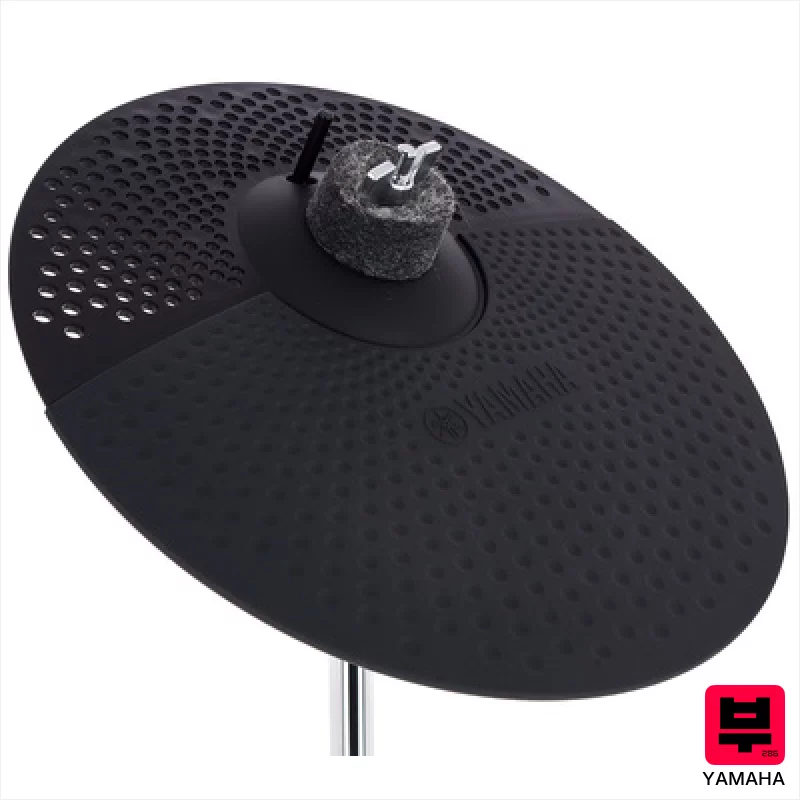Best Yamaha Electronic Cymbal Pads 2025
Premium Yamaha electronic cymbal pads - legendary tone and craftsmanship
Last updated: November 5, 2025 • Next update: November 12, 2025

Yamaha PCY-100 10" 3-Zone Cymbal Pad
- • Access to hundreds of cymbal sounds
- • Multiple trigger zones (edge, bow, bell)
- • May have limited dynamic range
- • Setup and calibration can be complex
Yamaha PCY-100 10" 3-Zone Cymbal Pad3-Zone Cymbal PadSize: 10"Three separately playable zones: Belledge and...

Yamaha PCY-155 E-Drum Cymbal Pad
- • Silent practice with realistic feel
- • Access to hundreds of cymbal sounds
- • Setup and calibration can be complex
- • Different feel from acoustic cymbals
Yamaha PCY-155 E-Drum Cymbal Pad, Cymbal Pad, Triple zone electronic drum cymbal pad, The new 3-zone rubber pads...

Yamaha PCY-175 E-Drum Cymbal Pad
- • Consistent triggering and response
- • Multiple trigger zones (edge, bow, bell)
- • Requires compatible electronic module
- • Can be expensive for quality models
Yamaha PCY-175 E-Drum Cymbal PadCymbal PadSize: 173 Zones (Bell / Bow / Edge)Stop function360° PlayableIncl....

Yamaha PCY-135 E-Drum Cymbal Pad
- • Access to hundreds of cymbal sounds
- • Multiple trigger zones (edge, bow, bell)
- • May have limited dynamic range
- • Setup and calibration can be complex
Yamaha PCY-135 E-Drum Cymbal Pad, Cymbal Pad, Triple zone electronic drum cymbal pad, The new 3-zone rubber pads...

Yamaha PCY95AT Cymbal Pad
- • No acoustic volume limitations
- • Silent practice with realistic feel
- • Different feel from acoustic cymbals
- • May have limited dynamic range
Yamaha PCY95AT Cymbal Pad, Mono Cymbal Pad, Size: 25.4 cm (10"), Includes cymbal arm, rack clamp, and cable
How to Choose the Best Electronic Cymbal Pads
Budget Planning
- • Under $200: Entry-level
- • $200-$500: Intermediate
- • $500-$1000: Advanced
- • $1000+: Professional
Quality Check
- • Sound clarity & tone
- • Build materials & finish
- • Hardware durability
- • Overall craftsmanship
Key Features
- • Your musical style
- • Skill level match
- • Intended use case
- • Brand reputation
